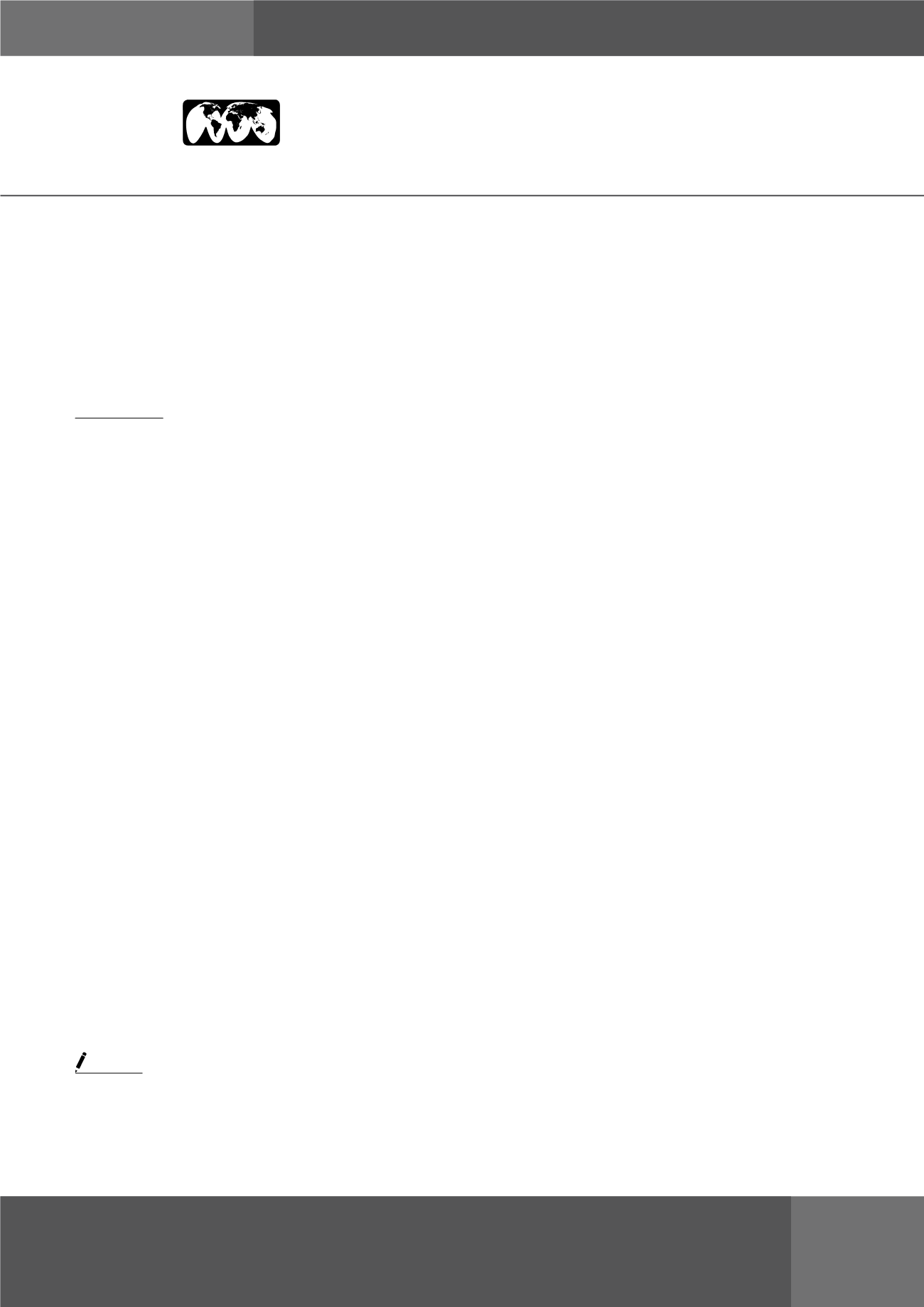

allied
academies
J Parasit Dis Diagn Ther 2017
Volume 2 Issue 3
Tropical Medicine 2017
Notes:
Page 44
September 7-8, 2017 | Edinburgh, Scotland
4
th
International Conference on
Tropical Medicine, Infectious Diseases & Public Health
SEASONAL DEPICTION OF
MALARIOMETRIC INDICES IN CHILDREN
UNDER FIVE YEARS OLD INA SUDANESE
SEMI-URBANAREAOF BURKINA FASO
(WESTAFRICA)
San M. Ouattara
a
, Siaka Debe
a
, Sam A. Coulibaly
a
, Desire Kargougou
a
,
Youssouf Kabore
a
, Alphonse Ouedraogo
a
, Amidou Diarra
a
, Alfred B.
Tiono
a
, Issa Nebie Ouedraogo
a
, Sodiomon B. Sirima
a
and Michel Vaillant
b
a
National Center for Research and Training on Malaria, Burkina Faso
b
Luxembourg Institute of Health, Luxembourg
Background:
Malariometric parameters are indispensable for
the assessment of both new therapies and control strategies.
This study, in the framework of the characterization of a
new malaria research site, aimed to compare malariometric
indices between high transmission season (rainy season) and
low transmission season (dry season) and to provide useful
data for future intervention studies.
Methods:
Two
community-based
cross
sectional
malariometric surveys (in rainy season of September 2009 and
dry season of March 2010) were conducted in a semi-urban
Sudanese area of Banfora (Burkina Faso) in children aged
≤ 59 months. The participants were selected from households
located in the future clinical trial site based on their nearness
to the local health facility. After the consent obtained from
each participant representative, each participant underwent
a brief clinical examination and demographic data collection.
A finger prick blood sample was collected to perform malaria
blood films for malaria parasite checkup and to measure the
hemoglobin level. Anemia was considered as hemoglobin
< 8g/dl.
Results:
Malaria parasite prevalence was 55.24% (N = 677)
in rainy season with a geometric mean of parasite density
(GMPD) of 3439 trophozoites/µl against 23.33% (N=720)
in dry season with a GMPD of 1368 trophozoites/µl.
Plasmodium falciparum mono-infection was found in about
99% of the positive films. Gametocytemia rate was 21.71%
and 6.53% respectively in rainy and dry season while spleen
rate was 11.18% (N=689) in rainy season against 4.21%
(N=752) in dry season. The prevalence of anemia was 19.74%
in rainy season and 8.11% in dry season. All the indices in
rainy season were statistically higher than those in dry season
(p-value < 0.0001).
Conclusion:
Malaria in this site is seasonal and
hyper-endemic and the gap in indices between rainy and dry
season is considerable.
Biography
San Maurice Ouattara a Medical Doctor, junior scientist in early career. He have
obtained his MD degree in 2012 at the University of Ouagadougou (Burkina
Faso). He have been involved in a Clinical Research team as Sub-investigator.
During these five years’ experience, He was specifically in charge of trial
patients selection, enrolment, follow up, safety reporting and patient’s health
care. He currently a fellow of the EDCTP-WHO/TDR Clinical Research and
Development Fellowships and placed at the Luxembourg Institute of Health. His
Main topics of interest are Biostatistics, Epidemiology, Malaria and Infectious
diseases.
o.maurice.cnrfp@fasonet.bfSan M Ouattara et al., J Parasit Dis Diagn Ther 2017
















